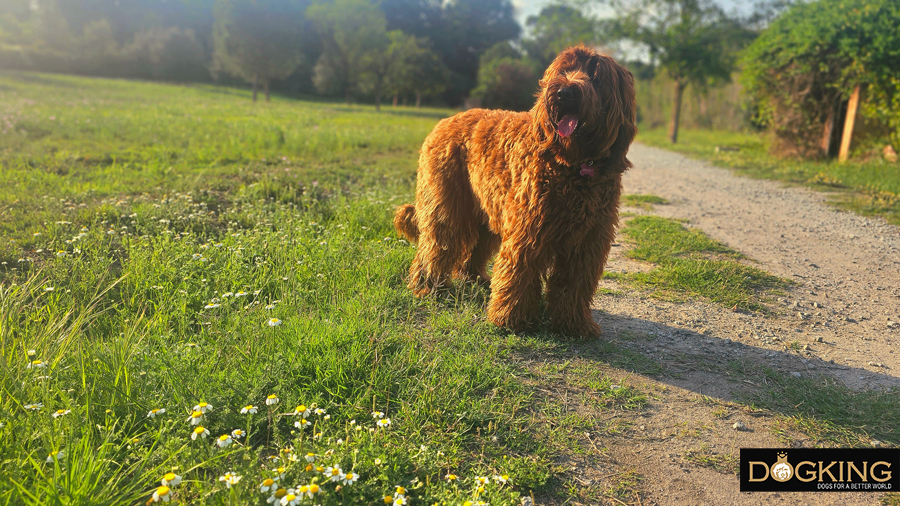Find out how to protect your dog from spikes
A plant that may dig into your dog's skin and cause it many health problems
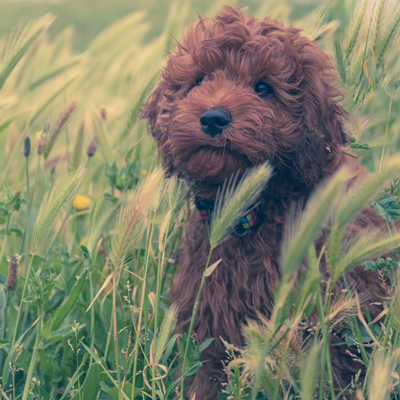
WHAT ARE THE SPIKES?
Reading time about 8 minutes
The spikes are pods that cover the seeds of various grass plants, most of them flower in spring and are green in the early stages of their growth and are more rooted to the stem of the plant. When they begin to dry out they take on a yellowish colour, at this time they become a great danger to our dogs as they are easily detached from the plant. Be careful with them throughout the summer.
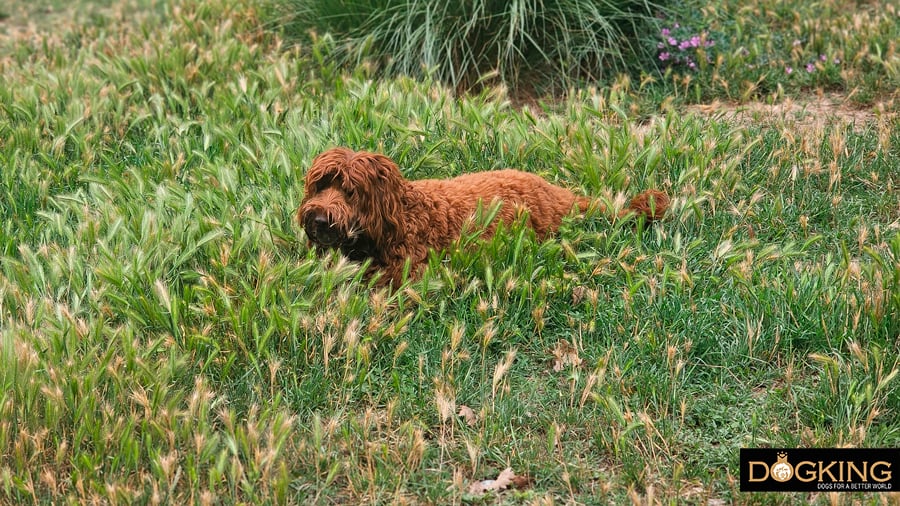
Table of contents
1- Why are spikes so dangerous for your dog?
2- Tips to protect your dog from spikes
3- What should I do if my dog gets stuck with a spike?
4- If you see a spike in any part of your dog's body, you should act quickly
Why are spikes so dangerous for your dog?
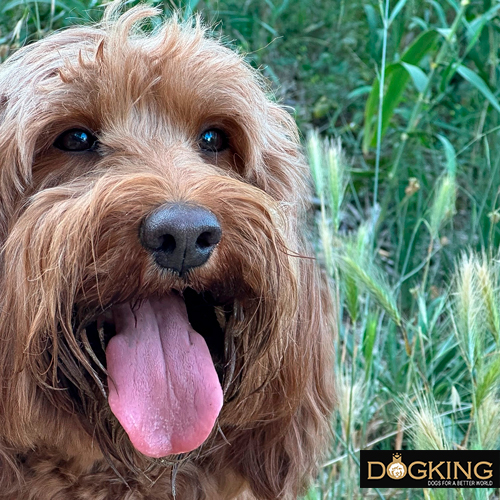
The arrowhead shape of the spikes is what makes them so dangerous for our furry friends because they may get stuck in their skin, mucous membranes, ears, between the fingers or under the eyelids, and some could even reach the lungs by aspiration, requiring surgery intervention to remove them. It is clear that they can cause numerous health problems of varying degrees of severity.
Going for a walk in nature is one of the things you may enjoy most with your dog. The fresh air and the many different stimuli that exist in the countryside or in the forest are, without a doubt, a great incentive for our dogs, who are usually delighted with this type of excursion. However, you must be alert to the presence of spikes. Follow our tips to continue enjoying the walks with your dog without spikes being a threat.
Tips to protect your dog from spikes
Here are some tips on what to do if your dog gets stuck with a spike:
- Avoid areas with spikes. Ideally, don't frequent areas where we know there are spikes. In this way, we will radically reduce the chances of our dog having problems due to this plant. Look for new areas where spikes aren't abundant.
- Eliminate the spikes. Sometimes it may not be possible, but if we detect spikes in a particular area of a park or in our own garden, we should remove them to keep our dogs safe, while maintaining a balance between the needs of our pet and respect for the environment.
- Suitable leash. Ideally, when out in the countryside, your dog should be off-leash so that it can enjoy the freedom to run from place to place. However, if you are in an area with spikes, it is safest to keep your dog on a leash. On the market, there are long dog leashes of 5-10-15 meters in length with which you can control accessibility depending on whether the area is safe or could be dangerous. This way, as long as there is no risk, your dog can enjoy the walk without the feeling of being tied up. Please note that these aren't flexi-type leashes, which we don't recommend, however very long leashes allow us to control that our dog doesn't have access to areas with spikes. In any case, it is very important that you watch the animal constantly to avoid accidents.
- Check-up after every walk. After every walk with our dog, especially if we have passed through areas with spikes, it is essential to check the animal's skin, ears, paws, coat and mucous membranes. Look closely at your dog's external auditory pavilions, nose and eyes, and move away layer by layer of its hair to rule out entangled or stuck spikes. Remember that a properly socialized puppy will allow itself to be explored and touched tamely for as long as it is necessary.
- The importance of brushing. Brushing our pet's coat correctly will help us to remove any spikes that may have adhered to its body. In the case of the Australian Cobberdog, we will do this in layers accessing the deepest ones so that no area is left unchecked. (Brushing video)
- A visit to the groomer. In some cases of long-haired dogs, a visit to the groomer may be useful as it is very common for the spikes to become entangled in the animal's coat in the case of long-haired breeds and then, if not detected in time, become more and more embedded in the skin.
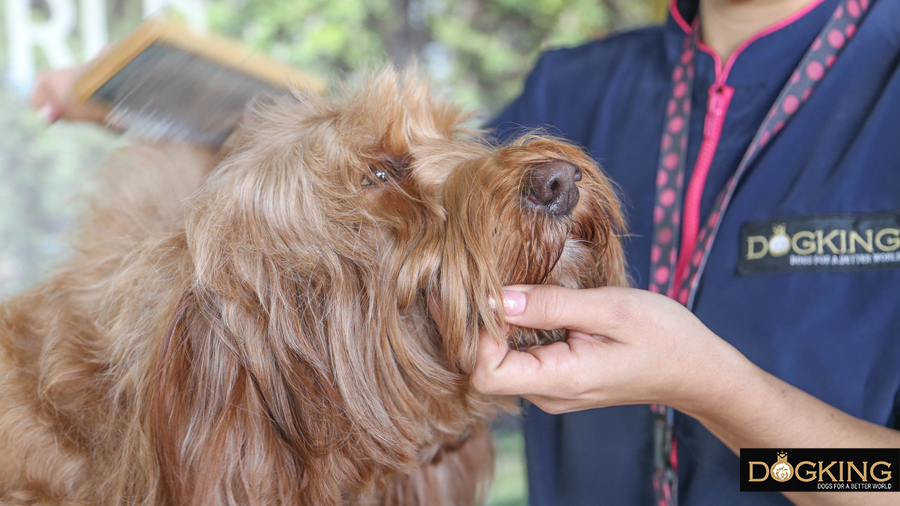
What should I do if my dog gets stuck with a spike?
If, despite following our advice, your dog has got stuck with a spike, there could be two possible situations. If it is superficially embedded, you may remove it yourself very carefully, either with your hands or with tweezers. If the spike is more deeply embedded in your dog, it is imperative that you take it to the vet as soon as possible so that it can be removed safely. In the event that the spike has got into your dog's eyes, nose or throat, you should also seek veterinary help quickly.
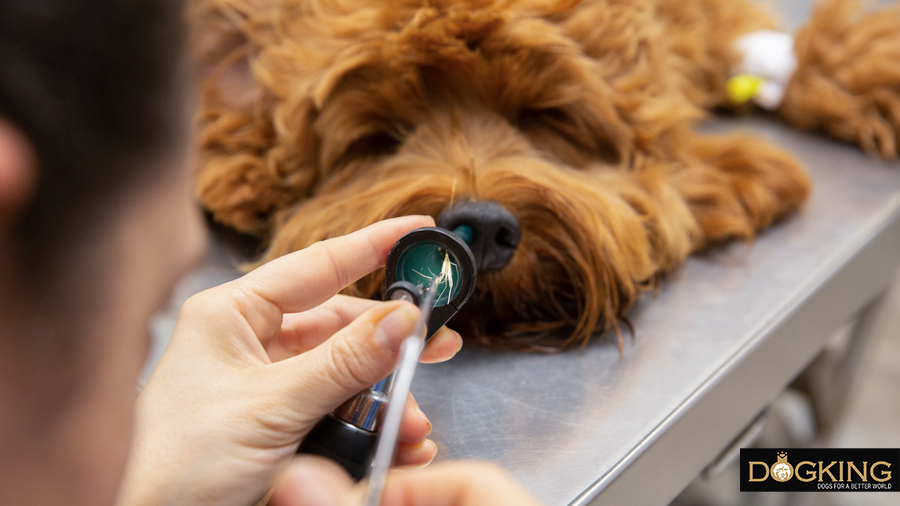
Signs that your dog has got stuck with a spike
When you know your dog well, you can tell when something is wrong with it. Some signs that may indicate that your dog has a spike are as follows:
- Walks oddly, as if something is bothering it and seems uncomfortable. It may have a spike stuck between its toes, in its pads or elsewhere on its body.
- Sneezes. If your dog keeps sneezing and has a runny nose, it may have swallowed a spike or it may be lodged in its nose or throat.
- If it suddenly becomes agitated and seems nervous, makes strange movements and you generally feel that something is wrong with it, check if there are spikes nearby. If so, it is more than likely that one has been stuck somewhere in your dog's body.
- Licking, scratching or nibbling. If your dog is in discomfort from having a spike stuck somewhere in its body, it will desperately try to relieve itself by licking or scratching very frequently. If this happens, stop to check its body because it may be a spike.
- If it shakes its head, it may have a spike in its ear canal.
If you see a spike in any part of your dog's body, you should act quickly
If you detect or suspect that your dog may have a spike stuck in it, or may have ingested or inhaled one, you should seek professional help as soon as possible.
Although rare, a stuck spike without veterinary aid can develop into a serious problem, even requiring surgery.
So now you know, take note of these tips and protect your dog from spikes so that together you can enjoy pleasant walks in nature without any mishap.
